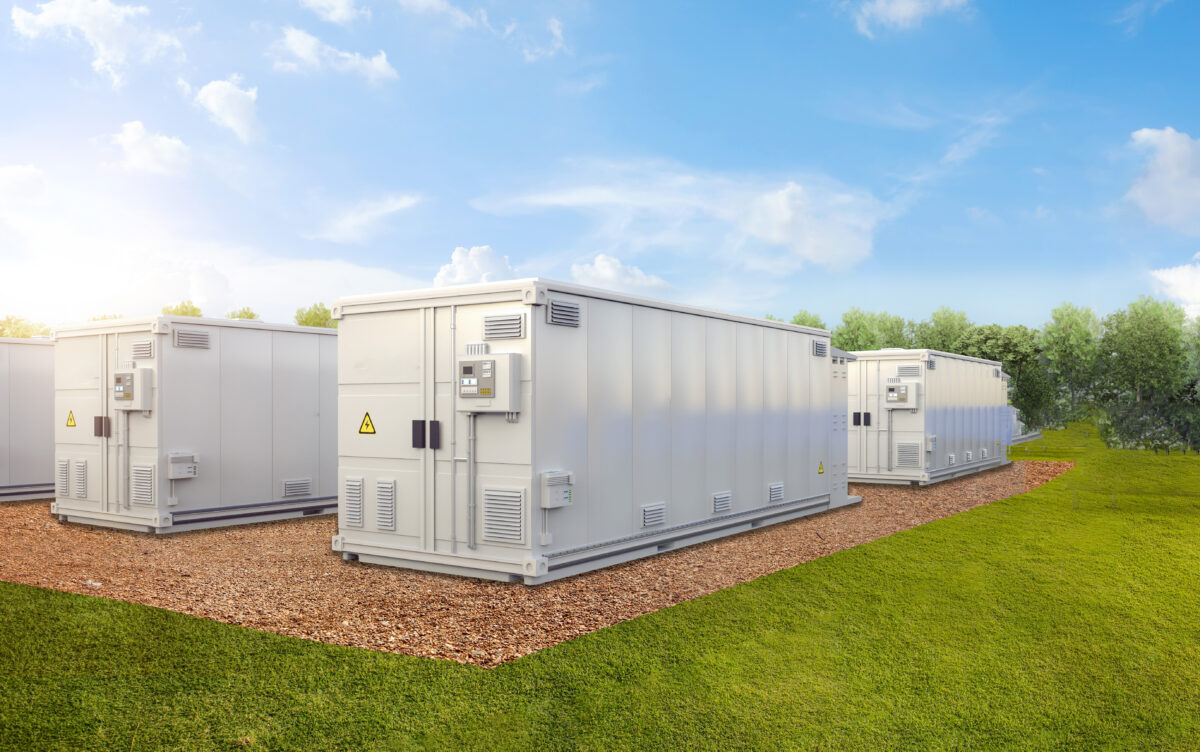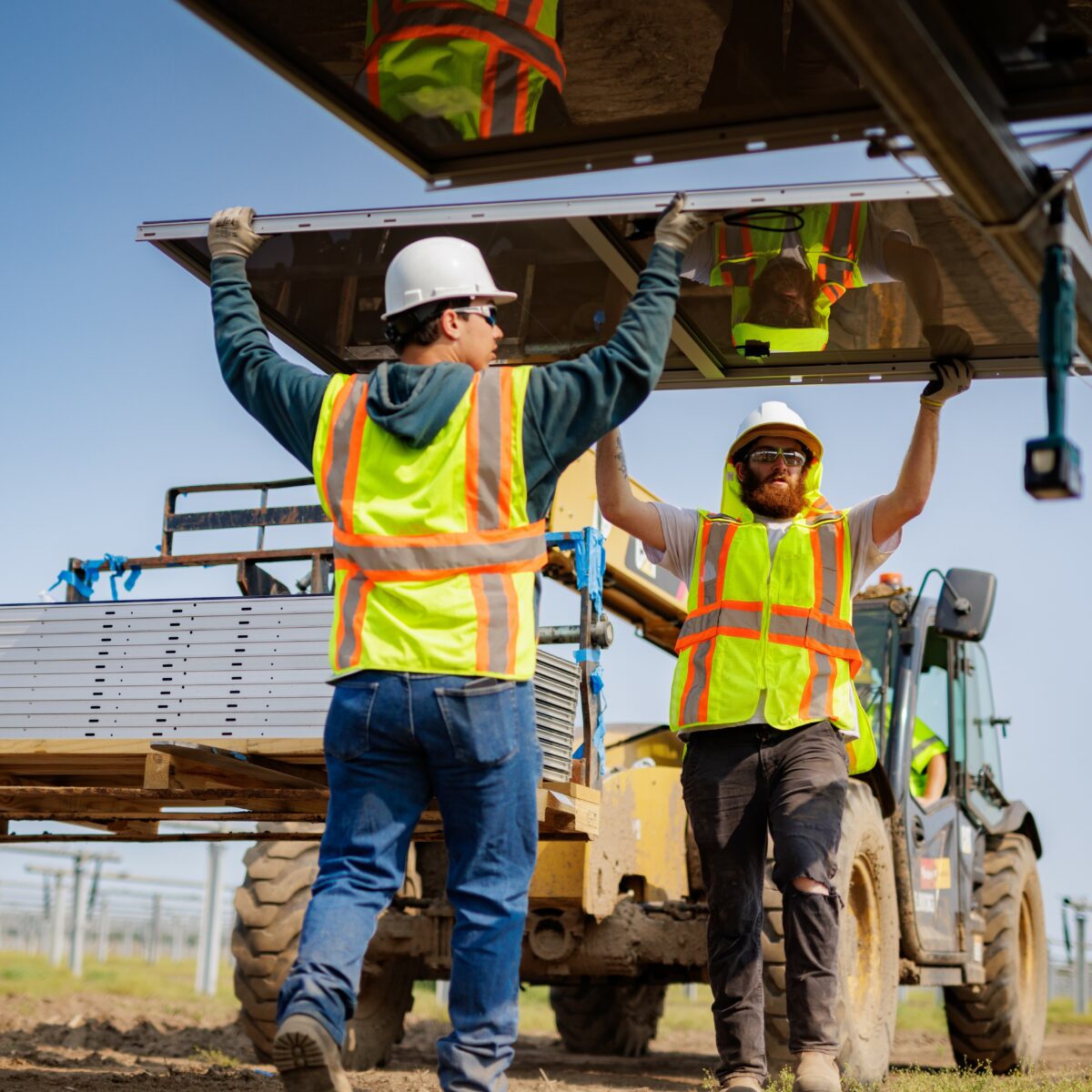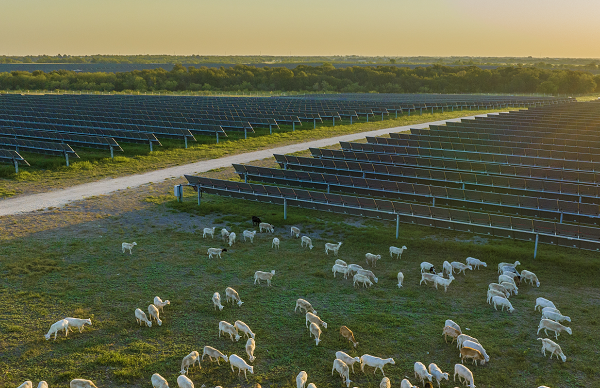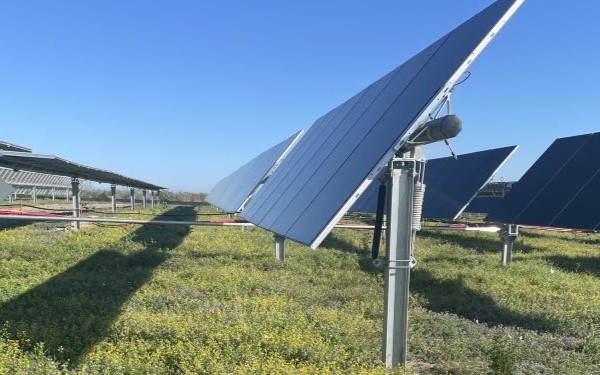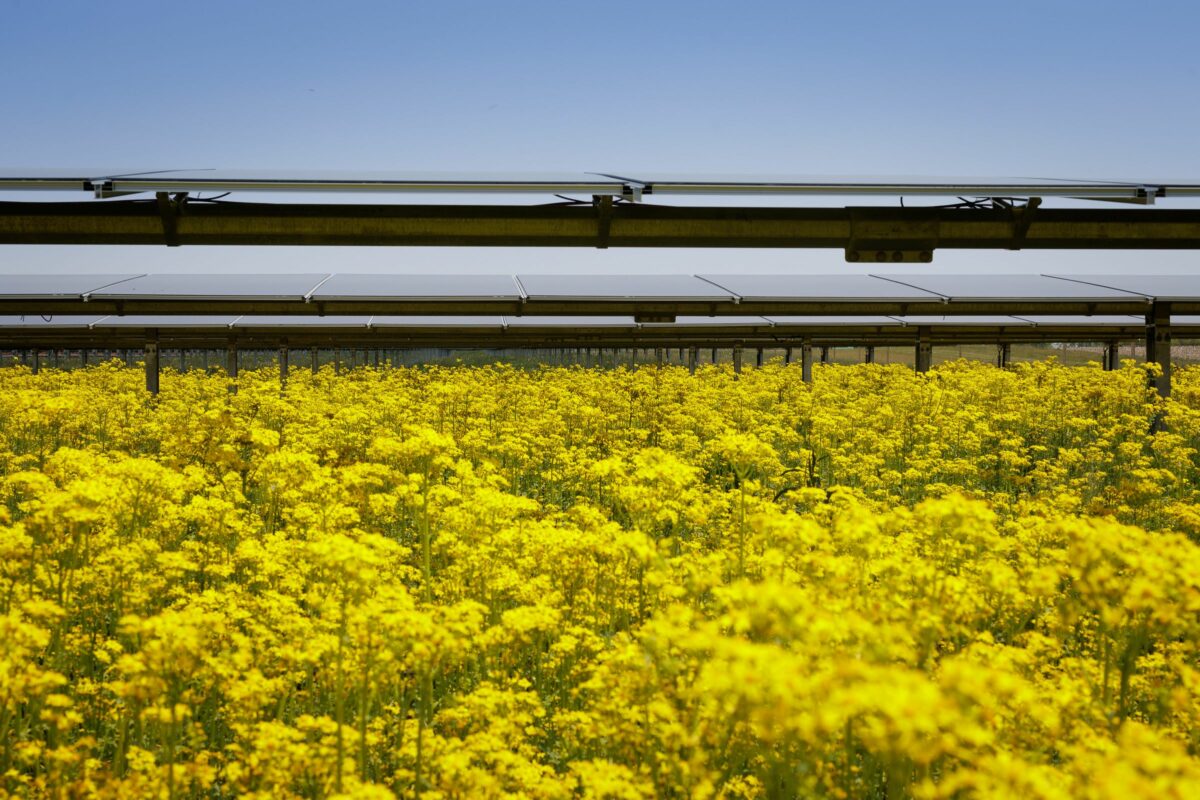Impact Solar FAQs
We’ve received lots of interest in our Impact Solar Project, so we’ve put together a list of the most commonly asked questions, and their answers:
Who is paying for the installation of the solar system?
Lightsource bp will finance, build, own, operate and maintain the solar system. The majority of the energy generated by the 260 MW project will be traded through a long-term agreement with bp.
Is there any danger having the solar project in our community?
A solar project is about as safe as a facility can be. There are no air emissions from the facility. There are no chemicals. No trucks will be coming and going on a daily basis once construction is complete. The power will leave the solar project on lines just like the power lines in your neighborhood.
What about glare?
Glare is produced by reflected sunlight. The more sunlight a solar panel absorbs, the more electricity it can produce. Solar panels are designed to absorb light, and only reflect a small amount of the sunlight that hits them as compared to most other everyday objects. For example, solar panels reflect significantly less light than flat water, and they’re generally less reflective than windows.
Are solar farms irreversible development?
The posts on which the panels are mounted typically take up less than 1% of the land area, with the majority of the site being grassland. At the end of the project the installation will be dismantled and removed without harming the land – we make sure that the land is restored to its original state. In addition, the lifespan of a solar installation can actually provide a recovery period for the soil, thus increasing the value of the land for agriculture in the future.
What happens to the solar panels at their end of life?
Lightsource bp is a member of the Solar Energy Industries Association (SEIA), an organization whose members are dedicated to responsible end-of-life management and are proactively developing collection and recycling processes for the solar industry as a whole. Although solar PV panels produced today will have a useful life 30-35 years or more, the panels will inevitably reach their end-of-life. The disposal of solar products in the US, including any materials that need special handling, is governed by the Federal Resource Conservation and Recovery Act and each state has its own policies in place for safe waste disposal. Importantly, recycling of solar equipment is increasingly possible as more recyclers accept modules. PV panels typically consist of glass, aluminum, copper, silver and semiconductor materials that can be successfully recovered and reused. By weight, more than 80 percent of a typical PV panel is glass and aluminum – both common and easy-to-recycle materials. With the industry working to optimize the recovery of materials in a PV panel, decades from now when today’s solar panels have reached their end-of-life, we anticipate even more advanced recycling methodologies to be available.
Will the solar farm cause traffic disruption?
Once the solar farm is in place it requires very little maintenance and approximately monthly visits in regular cars or 4x4s would cause no traffic disruption. While the solar farm is being constructed, a traffic management plan will be put in place.
Do solar installations pose a health risk?
Solar is a passive technology which doesn’t produce any harmful by-products. All electrical equipment is designed to NEC code compliant with local jurisdictions and relevant equipment certified to UL.
How are the panels kept clean?
Generally, rainfall helps to keep the panels free of dust and dirt. Several times a year, the panels will be thoroughly cleaned using specialist equipment, to make sure the installation is in the best possible condition.
Are solar farms noisy?
Solar farms do not have any moving parts and as such do not emit any noise beyond the site boundaries.


